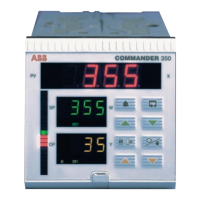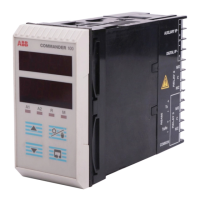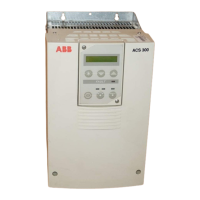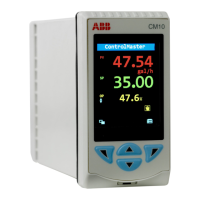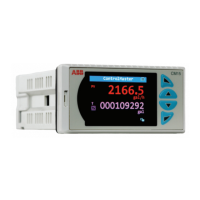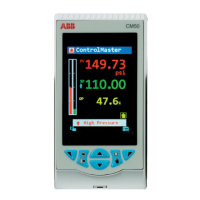6
8 COMMUNICATION
8.1 Communication
Between Master and Slaves
The commands from the master are coded
as single characters as follows:
R – ‘Read’ (read parameters)
M – ‘Multiple Read’ (read a selection
of parameters)
W – ‘Write’ (write new parameter
values).
8.1.1 Mnemonics
Each mnemonic for the C300 Controller
parameters comprises two characters – see
Section 8.6.
8.1.2 Relay Logic
Equation (Q1, Q2)
The alarm relay assignment is transmitted in
the format in which it is displayed.
✶
Note. The terminator is transmitted
as a ‘#’, but appears on the display as ‘W’.
8.2 Command Format
– Figs. 8.1 to 8.3
The protocol is based on ANSI-X3.28-1976-
2.5-A4. Entries are made directly from the
host computer using the command format
shown in Figs. 8.1 to 8.3.
8.2.1 Term Clarification
for Command Format
Start – one ASCII control character (always
‘STX’) signifying the start of transmission.
Command – one character, R, M or W – see
Section 8.1.
Instrument Identification – two characters
identifying the C300 Controller, 01 to 99.
Parameter – two-character mnemonic
selected from Section 8.6.
Sign – one character:
‘+’ – parameter value is positive
(optional)
‘–’ – parameter value is negative.
Data – usually up to six characters (including
decimal point) used to write a new parameter
value. However, up to 12 characters may be
used if Alarm Relay Assignment is being
carried out, i.e. using mnemonics Q1 and
Q2.
Limiter – one character (always ‘ETX’)
signifying the end of data transmission.
Block Check Character (BCC) – one character,
the arithmetic sum of the complete message
(excluding parity bits), transmitted by the
host computer for error detection – see
Appendix A3 on page 28.
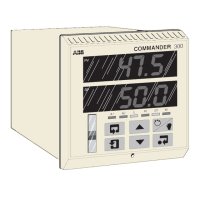
